I've had some experience with replacing a breadboard solution with a generic (solderable) perfboard one because of issues that built up over time.
I wanted to take a timelapse of a building under construction, which took several years. To this end, I placed an cheap and very old digital camera with an interval timer, and powered it through a DIY, UPS-like circuit. Wall-wart was giving me 6V@1A, which trickle-charged a Ni-Cd pack, and also powered the camera through a linear regulator to 3.3V. If mains went out, the Ni-Cd would take over for up to an hour or so. The current consumption of the camera was ~500 mA when in idle, with a bit more than 1A short bursts each hour, when a photo was taken.
All this being assembled in a hurry, I placed it on a small breadboard, and it worked like a charm, the timelapse was going on for more than a year, with regular servicing to download the CF card. And at some point it started to behave flaky. The camera would switch off when taking a photo, and when handled manually, it would also die sporadically. Initially I just put in more capacitance, but after measuring all voltages and inspecting under a 'scope, I moved the "UPS" to a generic perf-board. No problems since, handles it all very well.
While removing the components from the breadboard, I noticed the plastic around the linear regulator had had turned yellow, probably from the heat and the currents involved. The thing I want to stress here is that, initially, the breadboard was working very well. It failed after an year of usage - probably due to the slow oxide layer formation, which @PlasmaHH mentions.
Here's a photo of what the breadboard looks like now. As you can tell, the linear reg (a TO-220 part) was sitting in G3-G5:

To reinforce PlasmaHH's conclusion: I myself would never trust a breadboard for a continuous job when currents exceed 100 mA. Short-term applications for less than a week should be okay with more.
